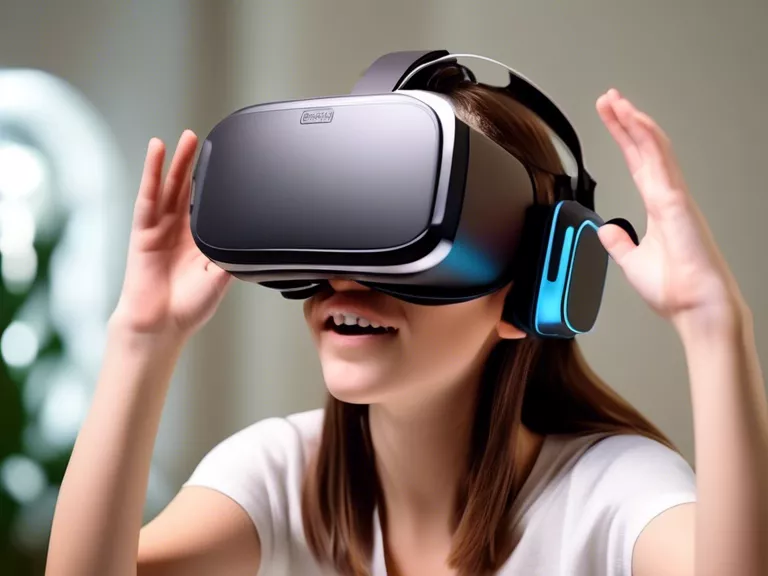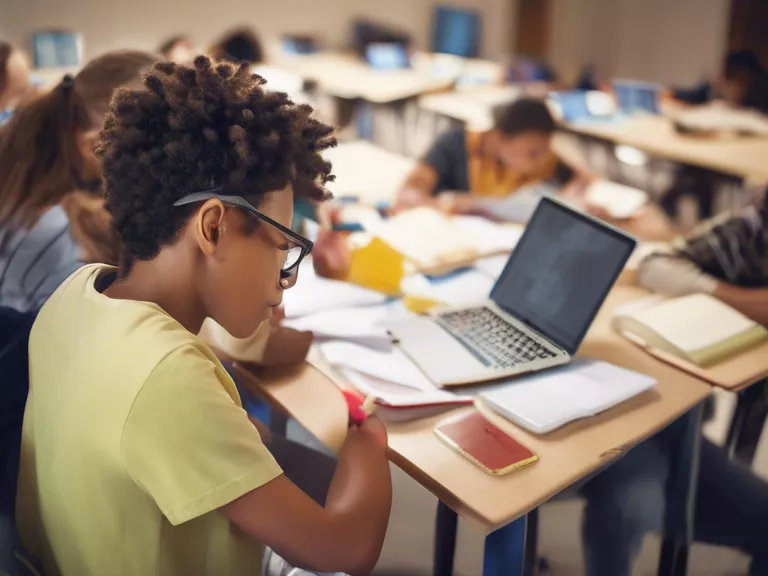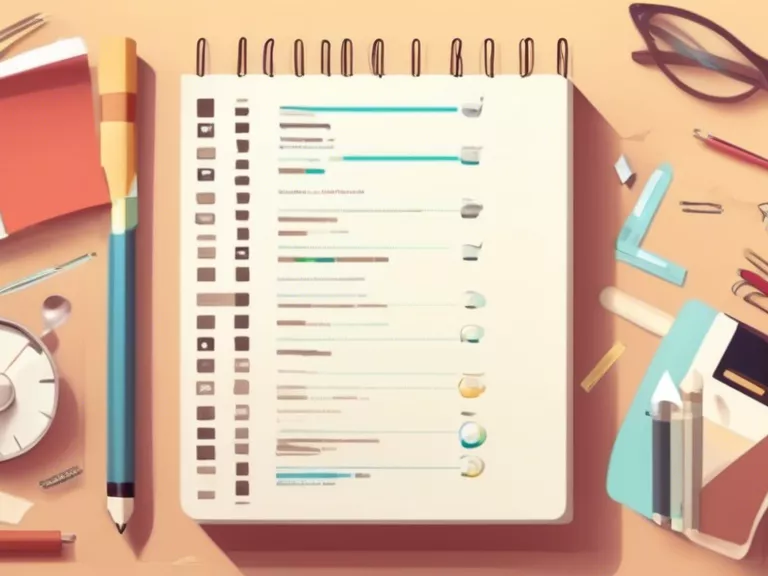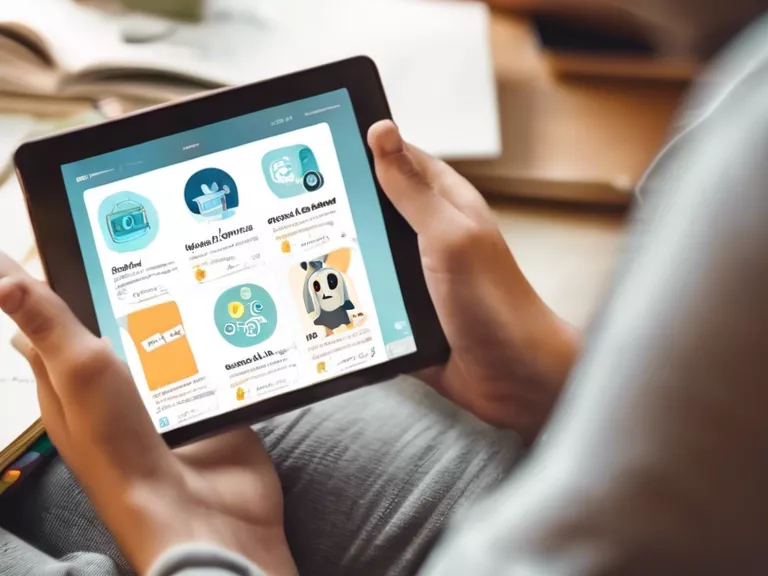
Virtual reality (VR) tools are revolutionizing the educational landscape by providing immersive and interactive learning experiences for students. From taking virtual field trips to exploring complex scientific concepts, VR is offering limitless possibilities for enhancing education. In this article, we will explore some of the top virtual reality tools that are reshaping the way we learn and teach.
One of the most popular VR tools for education is Google Expeditions. With Google Expeditions, students can embark on virtual journeys to different parts of the world, historical sites, or even outer space. Teachers can lead these virtual field trips, providing context and guiding students through the experience. This tool brings learning to life and makes topics more engaging and memorable for students.
Another noteworthy VR tool is Nearpod VR, which allows teachers to create interactive VR lessons that students can access through their devices. With Nearpod VR, students can explore 3D models, immersive videos, and simulations that enhance their understanding of complex concepts. This tool promotes active learning and provides a hands-on experience that traditional classroom methods cannot match.
For educators looking to introduce VR into the classroom without the need for expensive headsets, CoSpaces Edu is a great option. CoSpaces Edu allows students to create their virtual reality experiences, fostering creativity and critical thinking skills. Students can design their virtual worlds, games, or simulations, giving them the freedom to experiment and learn through trial and error.
In addition to these tools, platforms like AltspaceVR and ENGAGE offer virtual spaces where students and teachers can interact in a virtual environment. These platforms allow for virtual meetings, presentations, and collaborative projects, bringing a sense of presence and connection that is often lacking in online learning environments.
As virtual reality continues to evolve, more innovative tools and applications are being developed to enhance educational experiences. By incorporating VR into the classroom, educators can create engaging and immersive learning experiences that cater to different learning styles and foster a deeper understanding of concepts.



